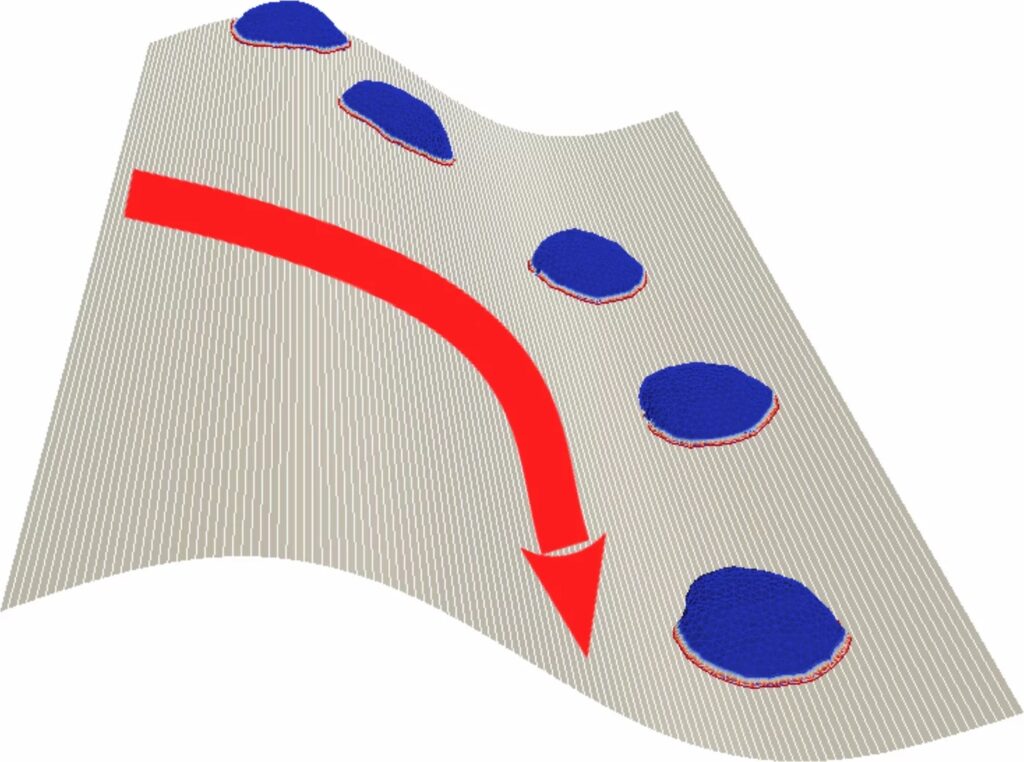One essential biological process is the movement of cells within the body. Cancer cells spread throughout the body through metastasis, and immune cells are always on the lookout for infections. Many surfaces, including tissues, blood veins, and protrusions, are curved inside the body.
The curvature of a surface determines the way biological cells migrate. They avoid ridges and preferentially travel through troughs or grooves. Using these discoveries and contributions from the Weizmann Institute of Science and the Max Planck Institute for Dynamics and Self-Organization (MPI-DS), a model that predicts cellular behavior was developed. New therapy approaches are now possible due to such universal principles’ improved understanding of immune and cancer cell movement.
Eberhard Bodenschatz, director at the MPI-DS, said, “We were able to demonstrate that these curvatures directly affect the movement pattern of cells.”
Researchers could demonstrate through experimentation that cells prefer some curvatures over others, a process known as “curvotaxis.”
 The curvature of the surface determines the migration pattern of cells. This phenomenon called curvotaxis gave rise to a universal model for biological systems.
The curvature of the surface determines the migration pattern of cells. This phenomenon called curvotaxis gave rise to a universal model for biological systems.
© Weizmann Institute of Science
They built a computer model of a vesicle with active cytoskeletal elements for mobility to decipher this mechanism. This structure migrates within the body, much like a biological cell.
Researchers systematically explored the curvotaxis mechanism on various curved surfaces using this minimal cell model. The model cell exhibits distinct migratory patterns, such as when cells avoid moving along ridges and travel down grooves with a wave-like form.
As a result of this discovery, a novel model that forecasts cell behavior was created. Afterward, employing a variety of cell types, the model’s predictions were empirically confirmed. Thus, experts unveiled a general mechanism for cell motility applicable to various migratory cell types. Cells migrate circumferentially around a convex or tubular structure, like the exterior surface of a blood artery. On concave structures, axial forward or backward movement is desirable (such as inside a blood vessel).
This work highlights how physical principles shape universal behavior, even within the complex world of biology.
Journal Reference:
Raj Kumar Sadhu, Marine Luciano et al. A minimal physical model for curvotaxis driven by curved protein complexes at the cell’s leading edge. PNAS. DOI: 10.1073/pnas.2306818121
>>> Read full article>>>
Copyright for syndicated content belongs to the linked Source : Tech Explorist – https://www.techexplorist.com/cells-ahead-curve/82303/































